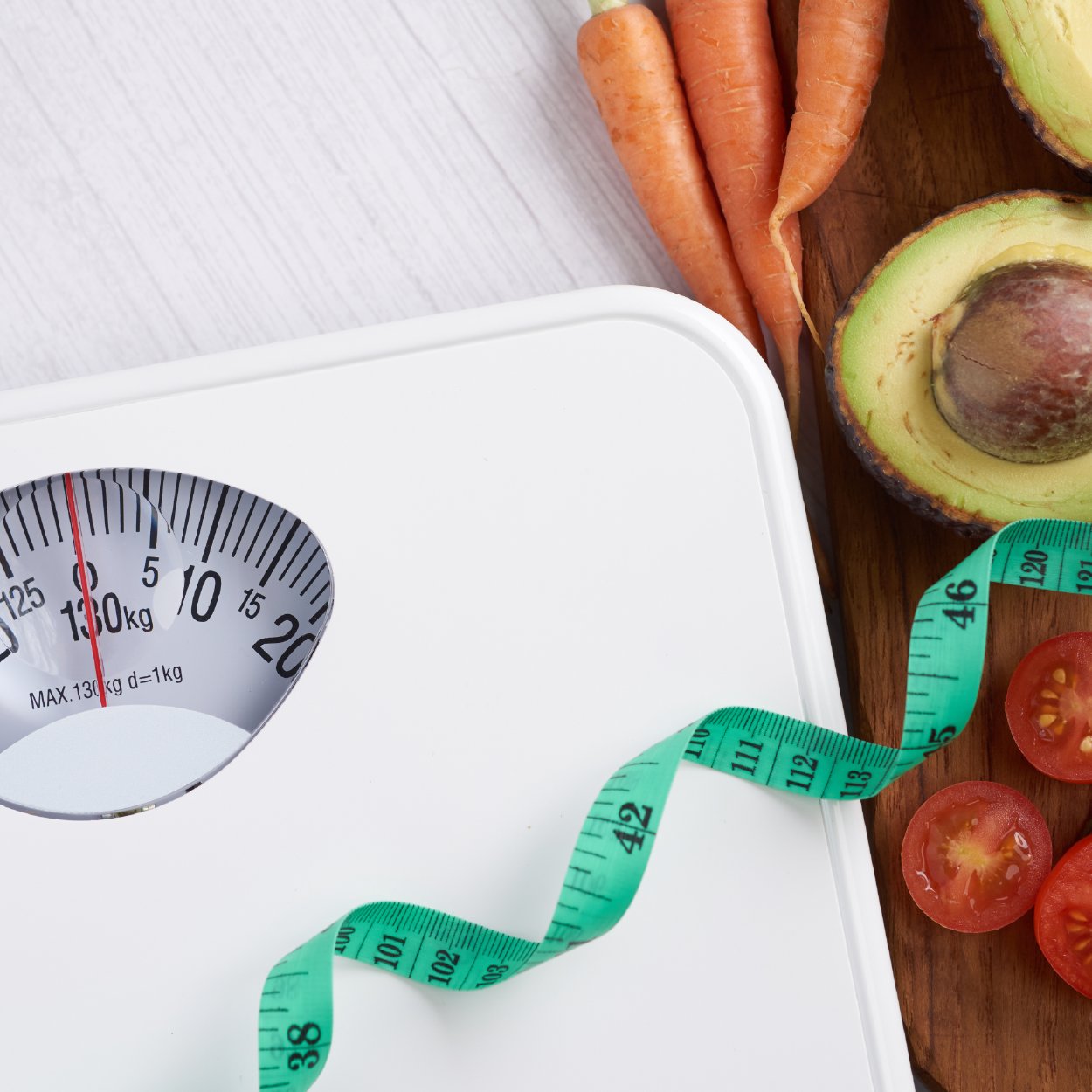Ask anyone newly diagnosed with diabetes what they want to know about first and it will always be “what can I eat?” This is a confusing and frustrating question even if you are not newly diagnosed with diabetes. The most important thing to remember is that one size does not fit all and there are a variety of options available that can fit in everyone’s lives.
Every year, U.S. News and World Report highlights the annual “Best Diets” based on whether they help someone lose weight, if they help diabetes control, reduce heart disease risk and whether they are easy to follow, nutritionally complete. A team of health and nutrition experts review 35 diets to find the ones that fit in the above categories. While I will not be reviewing the diets in this blog, I strongly encourage you to take a look at the options available there. What I want to do is highlight what these eating plans have in common and help direct you to some resources to incorporate these eating habits into your lives.
Here are some common elements of healthy eating patterns:
- Increased fruits
- Increased vegetables
- Many emphasize whole grains
- Moderate amounts and a variety of foods high in protein–most of the time it does not emphasize large amounts of meat
- Limited amounts of foods high in added sugars
- May include more oils than solid fats
- Low in full-fat milk and dairy products
- Wine is included at meals in some patterns
- Higher unsaturated to saturated fatty acid ratio–lower amounts of foods made from animals
- Higher dietary fiber
- Higher potassium
- Lower in sodium
Have these key elements in mind, whether you choose to try one of the eating patterns highlighted in the U.S. News and World Report , browsing the book store, or looking online for choices.
The DASH diet (Dietary Approaches to Stop Hypertension) has won the top spot on the Best Diets since the first U.S. News and World Report ranking back in 2011. Of course, the eating plan is meant for lowering blood pressure, but it earned high marks from a panel of experts for its safety, nutritional merit, and usefulness for chronic disease sufferers. A DiabetesCare.net blog did a great job highlighting this plan, and to read it click here.
- To get started on the DASH eating plan, begin with the following changes over a few days or weeks. This will give you a chance to adjust to the changes and make them part of your daily routine.
- If you now eat one or two servings of vegetables a day, add a serving at lunch and another at dinner. Add a serving of fruit at one meal a day or as a snack.
- Choose whole-grain foods for most of your grain servings to get added nutrients, such as minerals and fiber. For example, choose whole-wheat bread or whole-grain cereals.
- Include three servings of fat-free or low-fat dairy products a day.
- Limit lean meats to 6 ounces a day. Have only 3 ounces of lean meat (about the size of a deck of cards) at a meal. If you usually eat large portions of meat, cut back over a couple of days—by half or a third at each meal.
- Include two or more vegetarian-style, or meatless meals each week.
- Read the Nutrition Facts label on foods to compare the amount of sodium (salt) in products. Look for the sodium content in milligrams (mg) and the Percent Daily Value. Aim for foods that have less than 5 percent of the daily value of sodium. Foods with 20 percent or more of the daily value of sodium are considered high-sodium foods.
To adapt the DASH diet, free guides are available including a 64-page version that has an eating plan, examples of serving sizes and servings per day, tips on how to lower calories–which can be found here–and additional resources on the website that can be found here.
The Mediterranean Diet is also a simple eating plan to incorporate since it does not require any special foods. Similar to the DASH diet, it also encourages increased vegetables, fruits, whole grains, and reduced intake of meat and high fat dairy products.
Eight Simple Steps for Eating the Mediterranean Way
1. Eat more vegetables
2. Eat smaller amounts of meat
3. Choose lower fat dairy products and eat smaller portions of higher fat ones
4. Eat seafood twice a week
5. Cook a vegetarian meal one night a week
6. Use good fats, especially extra-virgin olive oil, nuts, peanuts, sunflower seeds, olives, and avocados
7. Switch to whole grains
8. For dessert, eat fresh fruit
Oldways, the creator of the Mediterranean Diet, has a very impressive collection of free resources, recipes and meal plans to get you started. I particularly like the visual of the pyramid as well as the 7-day menu plans with recipes for spring, fall, and the holidays.
So, how do you choose the right eating plan for you? It is important to ask yourself these questions:
- What was the last eating plan you used and why did it not work? What is too restrictive? Not enough structure? Did not include your favorite foods? Whatever eating pattern you choose, you want to make sure it fits into your lifestyle.
- What do you want to focus on? Losing weight? Increasing fruits and vegetables? Reducing meat? But remember, whatever eating pattern you choose, it is a lifestyle change and it must fit into your life long-term.
- What are your expectations? Lose weight? Reduce blood pressure? Improve blood sugar?
While all eating plans can be modified to assist you with all three of the examples I mentioned here, sometimes, it is a good idea to reach out to a professional. Registered Dietitian Nutritionists (RDNs) are the nutrition professionals and can certainly help you tailor any eating plan you choose to fit exactly what you are looking for. To find an RDN near you, visit the Academy of Nutrition and Dietetics website.




